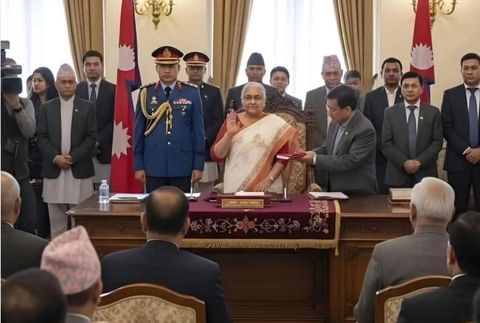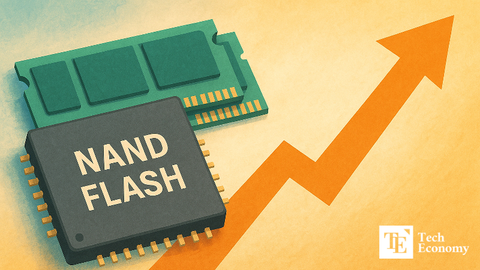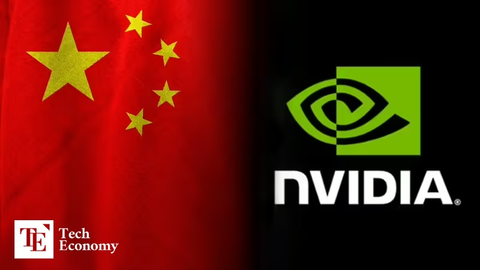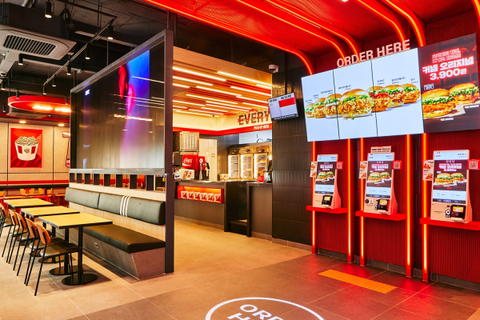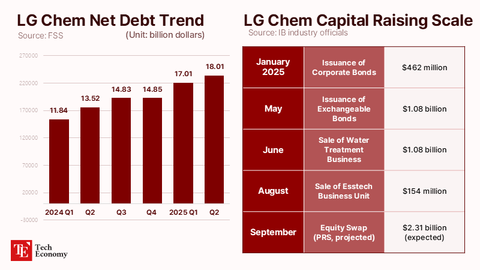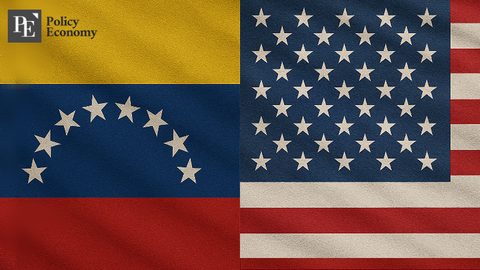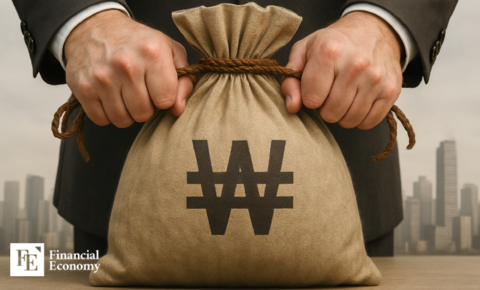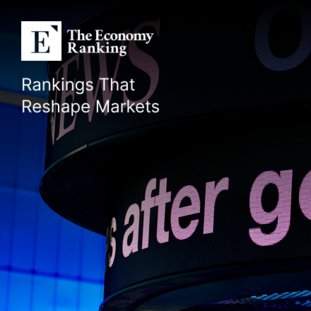U.S. Consumers Searching for Used Cars Before the Car Tariff Bomb Explodes
Input
Modified
Used Car Prices and Sales Volume Rise Together in the U.S. Car Prices Expected to Rise Due to Trump’s Tariff Policy Trump Administration Proposes Measures to Ease Backlash Over Tariff Shock
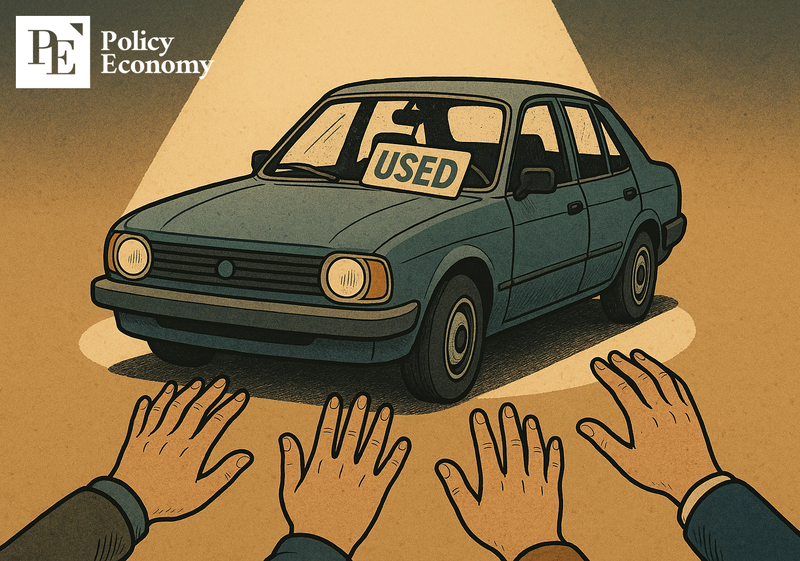
Anxiety is sweeping across the American auto market as consumers scramble to secure used vehicles before a looming surge in car prices takes full effect. With the Trump administration’s sudden imposition of a 25% tariff on foreign-made automobiles, a ripple effect is reshaping the industry. Dealers are rushing to bolster their inventories, consumers are turning away from expensive new models, and fears are mounting that the country could soon experience a severe squeeze on both supply and affordability. Against this backdrop, experts believe that the U.S. used car market’s current boom is not just a short-lived reaction, but the beginning of a broader and sustained shift in consumer behavior.
Surge in U.S. Used Car Demand
The U.S. used car market has ignited with unprecedented speed. According to automotive industry sources on the 29th, the Mannheim Used Vehicle Value Index, compiled by leading research firm Cox Automotive, recorded a figure of 207.1 as of mid-month — the highest level observed since October 2023, when the index stood at 209.4. The Mannheim Index, a respected barometer of used vehicle pricing, tracks over 5 million transactions monthly, anchoring its baseline to January 1997 (set at 100).
The root of the index's steep climb lies within the wholesale vehicle sector. Jeremy Robb, Senior Director at Cox Automotive, explained that the wholesale market underwent dramatic changes at the end of the previous month and the start of the current one, corresponding closely with the implementation of the new tariffs. Dealers, bracing for a surge in consumer demand, moved aggressively to replenish their inventories, propelling wholesale prices — and thus the Mannheim Index — upward.
Parallel to the rising index, used car sales themselves surged sharply. According to Cox Automotive’s data, used vehicle sales in the U.S. reached 1.66 million units last month, marking the highest monthly sales figure since 2021. Inventory levels tightened significantly, with the average days a car remained on the lot shrinking from 43 days last month to just 39 days this month. Even more striking, used cars priced at $15,000 (about 21 million KRW) or less saw their turnover periods collapse to a mere 28 days — clear evidence of intense demand at the lower end of the market.
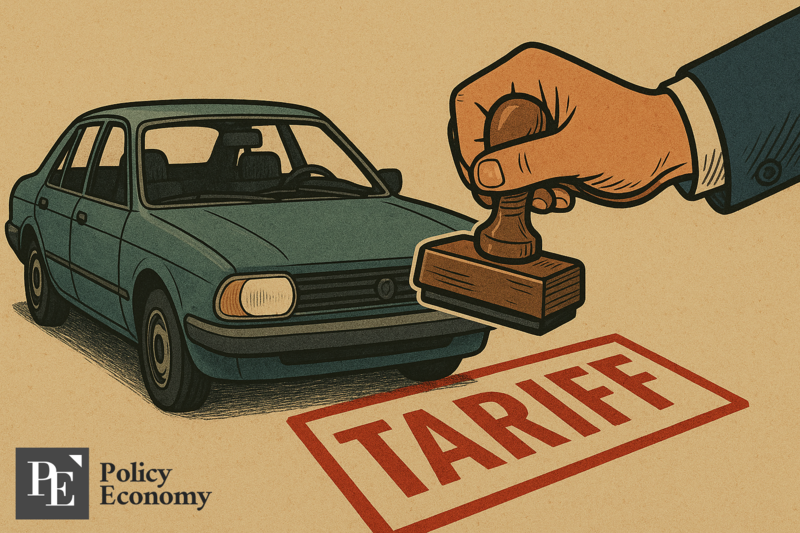
New Car Prices Expected to Rise
The fervor in the used car market shows little sign of abating, largely because the Trump administration’s tariff strategy has dramatically heightened the prospects of new car price increases. Analysts at Cox Automotive project that if no exemptions are made for vehicles imported from Canada and Mexico, prices for American-made cars will climb by approximately $3,000 (about 4.3 million KRW), while Canadian- and Mexican-made vehicles could see jumps of around $6,000 (approximately 8.6 million KRW).
Jonathan Smoke, Chief Economist at Cox Automotive, warned of a cascading effect: over the long term, vehicle sales are expected to decrease, while prices for both new and used vehicles will steadily climb. He emphasized that automakers would likely experience declining profit margins, scaled-back production levels, and looming supply shortages — creating a market dynamic eerily reminiscent of the disruptions experienced in 2021 during the height of pandemic-driven shortages.
Reacting to the tariff-driven cost pressures, major automakers are already preparing price hikes. Ford has signaled that if tariff policies remain unchanged, prices for vehicles produced beginning next month will rise, with the effects becoming apparent to consumers by the end of June. Volkswagen, which initially committed to freezing prices through next month, has announced that starting in June, it too will reassess and adjust its pricing to accommodate the additional costs brought on by the tariffs.
U.S. Government Moves to Adjust Tariff Policy
As the automotive sector grapples with the shockwaves of the tariff announcement, American media outlets have unleashed a wave of criticism, questioning the broader economic logic behind the policy. On the 28th, ABC News reported that the tariffs would ultimately hurt American consumers the most, forecasting that vehicle prices could rise by an average of $5,000 to $10,000 (about 7.2 million to 14.4 million KRW) per unit. Analysts predict that many consumers, faced with skyrocketing costs, will continue to flood the used car market in search of more affordable options.
Beyond the cost of new and used cars, ABC News also flagged additional financial burdens stemming from the policy. Since tariffs are being applied not only to completed vehicles but also to imported auto parts, vehicle repair costs are expected to rise significantly. This, in turn, is likely to push up insurance premiums, creating an added layer of financial strain for consumers.
California-based NBC affiliate KSBY echoed these concerns, highlighting the domino effect: escalating new car prices leading to higher used car prices, followed by more expensive repairs due to part shortages, all culminating in increased insurance costs. In interviews, used car dealers voiced fears that consumers would increasingly delay purchasing new vehicles, opting instead to hold onto their aging cars for longer periods — potentially depressing overall automotive sales volumes.
Under mounting pressure from critics and industry stakeholders, the Trump administration has begun exploring ways to cushion the blow. According to a Wall Street Journal report on the 28th, the U.S. government is preparing to prevent double tariffs from being applied to products already subject to duties, such as steel and aluminum. The planned measure will be retroactive, allowing companies that have paid overlapping tariffs to seek refunds.
Additionally, the administration is revising the 25% tariff on foreign-made auto parts originally set to take effect on June 3. Under the new terms, automakers will be eligible for refunds equivalent to 3.75% of a U.S.-made car’s value during the first year following tariff enforcement. In the second year, the refund rate will be reduced to 2.75%, offering manufacturers some measure of relief as they navigate the evolving economic landscape.

